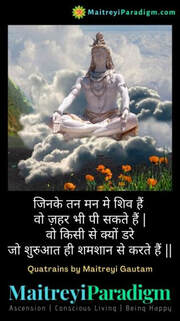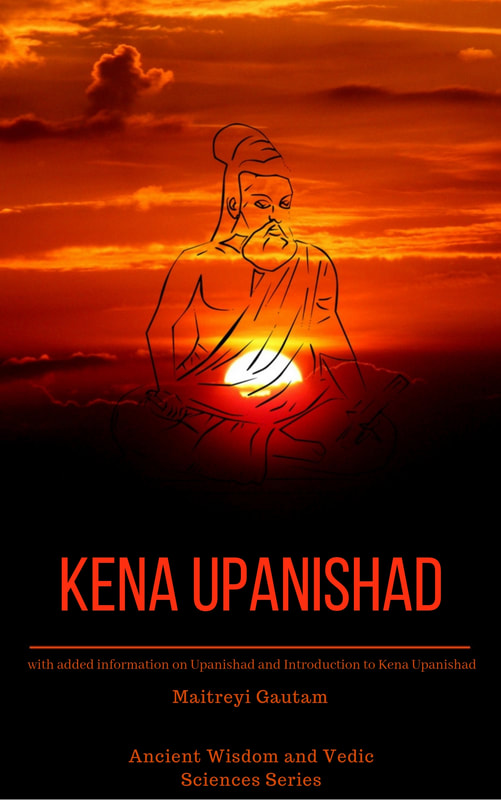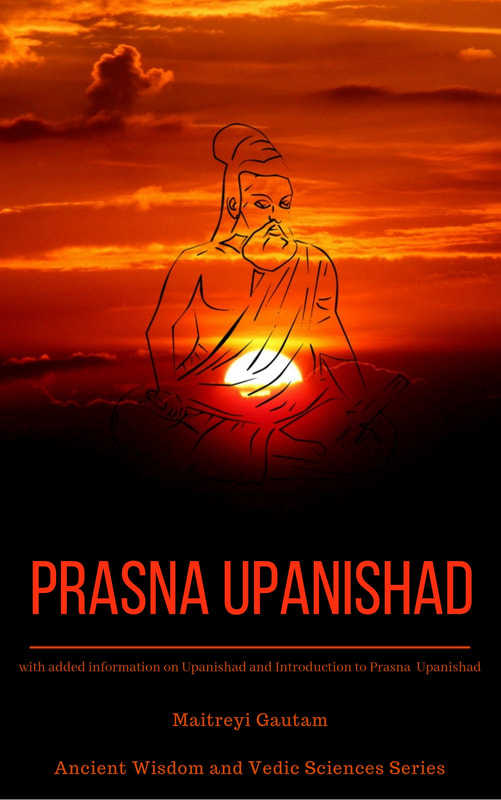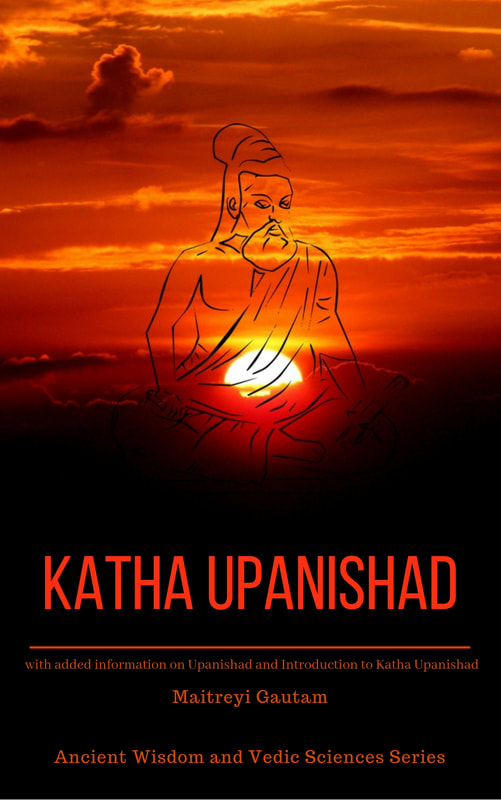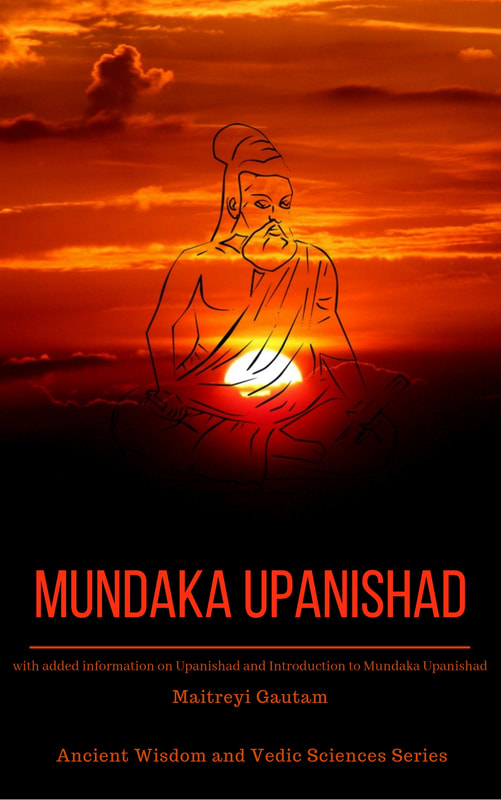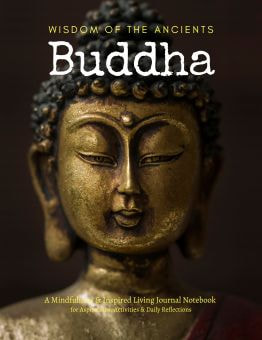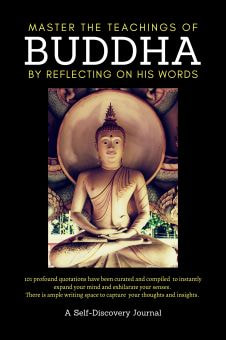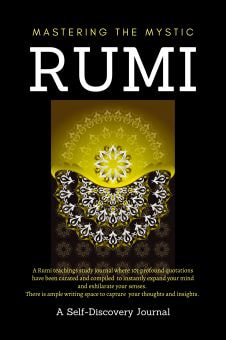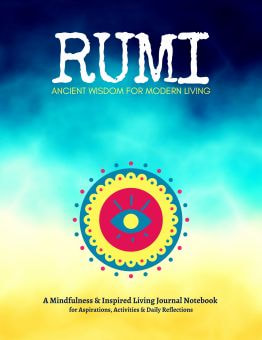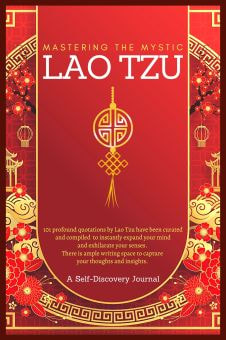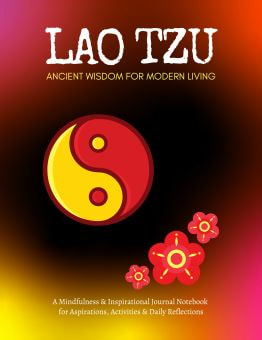Narsimha, the fourth incarnation of Lord VishnuNarasimha Jayanti is a significant festival that celebrates the appearance of Lord Vishnu's fourth incarnation, Narasimha, the half-lion, half-man deity. This special day is observed on the 14th day of the Shukla Paksha (waxing phase of the moon) in the Vedic lunar month of Vaishakha, which generally falls in May according to the Gregorian calendar. Devotees honor Lord Narasimha on this day, seeking protection from evil forces and the removal of obstacles in their lives. | |
The festival commemorates the divine intervention of Lord Narasimha, who destroyed the demon king Hiranyakashipu, to protect his devotee, Prahalad.
Story behind Narasimha Jayanti
The story behind Narasimha Jayanti is rooted in the ancient texts, the Puranas, which narrate the tale of the demon king Hiranyakashipu, who obtained a powerful boon from Lord Brahma.
This boon granted him invincibility against any human or animal, protection from death by any weapon, and ensured that he could not be killed during the day or night, indoors or outdoors.
Emboldened by this boon, Hiranyakashipu began a reign of tyranny, usurping the three worlds and demanding that everyone worship him instead of the gods.
This boon granted him invincibility against any human or animal, protection from death by any weapon, and ensured that he could not be killed during the day or night, indoors or outdoors.
Emboldened by this boon, Hiranyakashipu began a reign of tyranny, usurping the three worlds and demanding that everyone worship him instead of the gods.
However, Hiranyakashipu's own son, Prahalad, remained an unwavering devotee of Lord Vishnu, refusing to acknowledge his father as the supreme power. This infuriated Hiranyakashipu, who subjected Prahalad to numerous tortures and assassination attempts.
Despite these brutal efforts, Prahalad's faith in Lord Vishnu remained unshaken, and he was miraculously protected from every danger.
Finally the time came for Hiranyakashipu's tyranny to end when Lord Vishnu decided to intervene. He took the form of Narasimha, a being who was neither human nor animal, to bypass the conditions of Hiranyakashipu's boon.
Narasimha appeared at twilight, neither day nor night, and dragged Hiranyakashipu to the threshold of his palace, which was neither indoors nor outdoors. He then used his sharp claws, not a weapon, to tear apart the demon king, thus restoring peace and cosmic balance.
Despite these brutal efforts, Prahalad's faith in Lord Vishnu remained unshaken, and he was miraculously protected from every danger.
Finally the time came for Hiranyakashipu's tyranny to end when Lord Vishnu decided to intervene. He took the form of Narasimha, a being who was neither human nor animal, to bypass the conditions of Hiranyakashipu's boon.
Narasimha appeared at twilight, neither day nor night, and dragged Hiranyakashipu to the threshold of his palace, which was neither indoors nor outdoors. He then used his sharp claws, not a weapon, to tear apart the demon king, thus restoring peace and cosmic balance.
Celebrating Narasimha Jayanti
Narasimha Jayanti is celebrated to honor Lord Vishnu's intervention as Narasimha, who destroyed the tyrannical Hiranyakashipu and protected his devotee, Prahlada.
On this day, devotees worship Lord Narasimha, seeking his blessings and protection. The festivities include fasting, special prayers, and the offering of flowers, fruits, and sweets to the deity. Devotees also participate in sacred rituals, such as reciting the Narasimha Stotra, and listen to the story of Narasimha Avatar.
On this day, devotees worship Lord Narasimha, seeking his blessings and protection. The festivities include fasting, special prayers, and the offering of flowers, fruits, and sweets to the deity. Devotees also participate in sacred rituals, such as reciting the Narasimha Stotra, and listen to the story of Narasimha Avatar.
In conclusion...
Narasimha Jayanti is an important festival that commemorates the appearance of Lord Vishnu's fourth incarnation as Narasimha, the half-lion, half-man deity.
The festival celebrates the triumph of good over evil, highlighting the importance of faith and devotion in overcoming obstacles. By observing Narasimha Jayanti, devotees honor Lord Vishnu's role as the protector and seek his divine intervention in their lives.
The festival celebrates the triumph of good over evil, highlighting the importance of faith and devotion in overcoming obstacles. By observing Narasimha Jayanti, devotees honor Lord Vishnu's role as the protector and seek his divine intervention in their lives.




